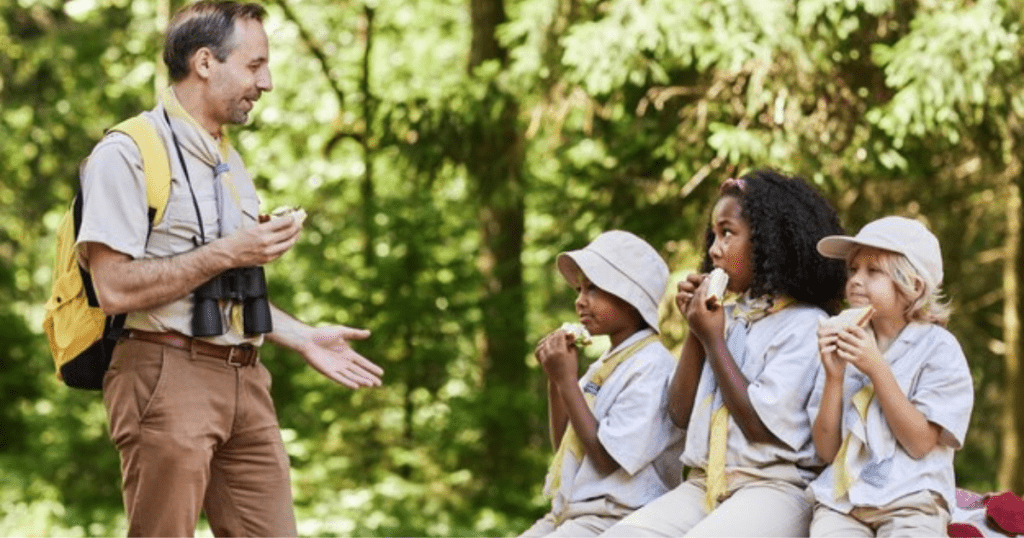Why Wildlife Needs Education
The best way of reducing any form of deadly human-wildlife interaction is through education. Many people who live in areas close to bear habitats are not aware of the risks involved with living near wild animals. With this knowledge, it will help to reduce situations getting out of hand. For example, individuals living in bear country are typically encouraged to ensure that trash is secure, never leave food outdoors, and do whatever is necessary to protect bears from entering their dwellings.

Educational programs and outreach efforts are therefore an integral way of ensuring that people appreciate what animals such as bears can do and how they can react if they encounter the same. For instance, local organizations for wildlife may involve training about how to notice aggression from animals and how to stay safe and unthreatening. In some cases, the programs teach people how to live with wildlife and remind them to maintain a safe distance from wild animals and avoid any behavior that could provoke them.
Personal safety is another critical role played by wildlife education in conserving natural habitats. The more people are informed about the importance of preserving natural habitats, the more these individuals are willing to uphold conservation measures and act in policies that benefit animals and ecosystems. The encounter between the woman and the bear serves as a reminder that our actions can have a significant impact on the natural world, and that education and awareness are key to ensuring the long-term survival of both humans and wildlife.




